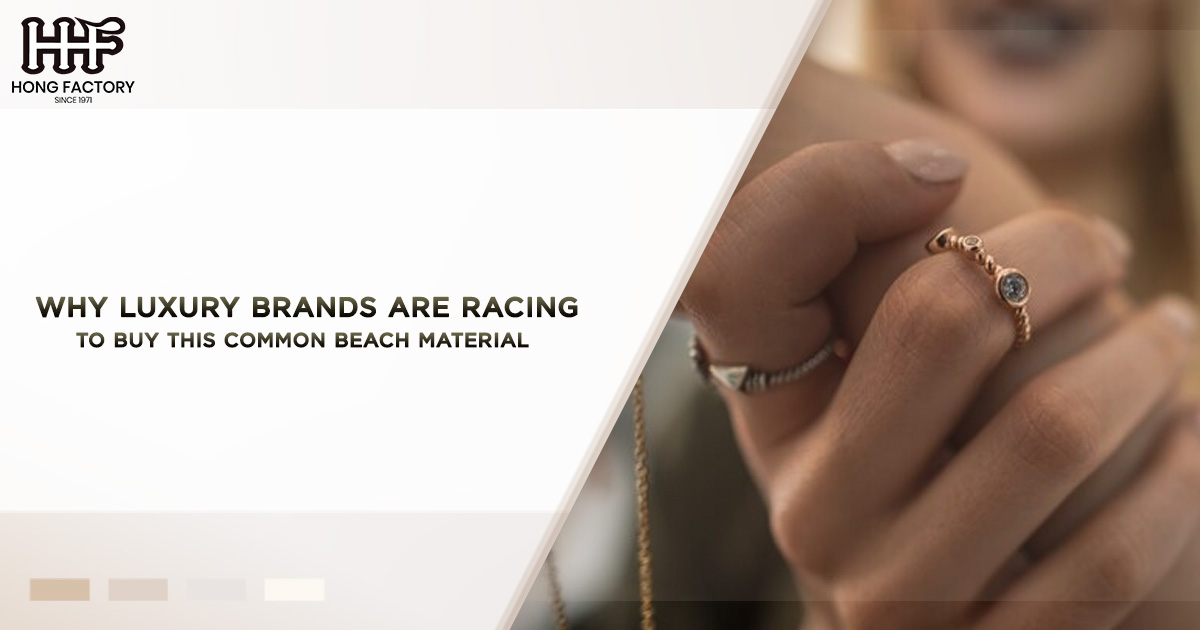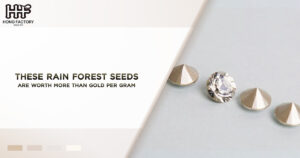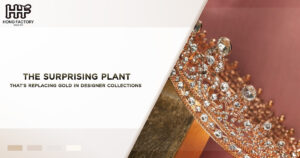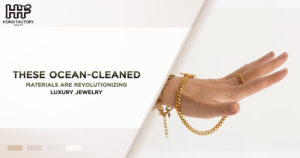When we think of the beach, we often conjure images of soft sand, sun-kissed shores, and the ocean breeze. While beaches have long been a source of inspiration for art, fashion, and design, they are increasingly becoming a treasure trove for luxury brands.
A growing trend in the world of sustainable luxury has seen some of the most prestigious brands racing to incorporate common beach materials into their high-end collections. But why the sudden obsession with coastal inspiration and natural elements? Let’s explore the fascinating journey of transforming everyday beach materials into luxury items, and why this trend has captured the imagination of both designers and consumers alike.
The Appeal of Beach Materials in Luxury Design
Luxury brands have always sought unique and meaningful materials to differentiate their products. However, in recent years, the demand for natural elements that embody sustainability and authenticity has skyrocketed. Beach materials—like seashells, driftwood, sea glass, sand, and even ocean plastics—offer a rich tapestry of possibilities for innovative designs. These materials are not only a nod to coastal inspiration but also align with the growing consumer demand for eco-conscious luxury products.
1. Aesthetic Beauty and Uniqueness
Beach materials are inherently beautiful, shaped by nature over time. The soft curves of a seashell, the weathered finish of driftwood, or the shimmering hues of sea glass evoke a sense of wonder and natural elegance. Because no two pieces are exactly alike, they add a layer of uniqueness that luxury buyers covet. For many, owning a product crafted from such materials feels like owning a piece of nature itself.
2. Sustainability Meets Luxury
In an era where sustainability is more than just a buzzword, the high-end fashion, jewelry, and home décor industries are increasingly seeking ways to reduce their environmental impact. Sustainable luxury is no longer about creating something that merely looks good; it’s about making products that do good for the planet. Repurposing beach materials, especially discarded or naturally sourced elements, is a way for brands to creatively combine luxury with eco-conscious efforts.
For example, using reclaimed ocean plastics to create sleek handbags or watches turns waste into art, while reinforcing the brand’s commitment to environmental responsibility. Similarly, incorporating driftwood into upscale furniture pieces not only highlights craftsmanship but also tells a story of nature and renewal.
Transforming Common Materials into Luxury Items
The transformation of common beach materials into luxury items is an art form in itself. It requires a perfect union of craftsmanship, innovation, and brand storytelling. Here’s how luxury designers are taking everyday beach elements and turning them into coveted treasures
1. Seashells : From Souvenirs to Statement Pieces
Seashells have long been seen as simple souvenirs from seaside vacations, but in the hands of luxury designers, they become stunning statement pieces. Jewelry brands, for instance, are incorporating seashells into necklaces, earrings, and bracelets, combining their natural beauty with precious metals like gold and platinum. In some cases, shells are encrusted with diamonds, turning something humble into a symbol of opulence.
Fashion houses are also using seashell motifs in patterns and embroidery, blending coastal inspiration with haute couture. Chanel, for example, has showcased collections that celebrate marine elements, proving how the seaside can elevate high fashion.
2. Driftwood : Nature’s Sculpture
Driftwood, with its rustic charm and organic shapes, has found its way into the luxury interior design world. Home décor brands are crafting bespoke furniture, like coffee tables and headboards, from driftwood, preserving its natural texture while applying artisan finishes. The result is a harmonious blend of raw nature and refined design.
Even in art, driftwood sculptures are becoming collector’s items, celebrated for their connection to the ocean and their ability to evoke serenity and balance. By bringing elements of the shore into homes, luxury designers are offering a tangible connection to nature’s artistry.
3. Sea Glass : Shimmering Elegance
Once seen as mere fragments of broken glass, sea glass is now a prized material in jewelry and accessories. Its smooth texture and oceanic hues—ranging from soft aqua greens to deep cobalt blues—are highly sought after. Designers craft sea glass into pendants, rings, and earrings, often pairing them with pearls or fine metals to create a timeless charm.
Luxury brands have also found ways to incorporate sea glass into watches and clutches, adding a unique coastal touch to their collections. Each piece tells a story of transformation, as something discarded by humans is reshaped by the ocean into an object of beauty.
The Intersection of Sustainability and Storytelling
One of the reasons beach materials resonate so strongly with luxury brands is their inherent narrative. Every seashell, piece of driftwood, or shard of sea glass carries a story of its creation, shaped by natural forces and time. These stories provide brands with an opportunity to connect deeply with consumers, who increasingly seek products with meaning and purpose.
Luxury buyers are not just purchasing items; they are buying into an experience, a feeling, or a story. Beach materials, with their coastal inspiration and connection to nature, allow brands to weave tales of sustainability, craftsmanship, and the beauty of imperfection. This narrative-driven approach sets luxury items apart in a crowded marketplace.
A Case for Ocean Plastics
While seashells and driftwood offer a sense of organic luxury, some brands are turning their attention to a more unconventional beach material: ocean plastics. By collecting and repurposing discarded plastics from the sea, companies are creating high-end items like sneakers, handbags, and even sunglasses. This innovative use of waste not only addresses the global plastic crisis but also challenges the perception of luxury materials.
For instance, brands like Parley for the Oceans have partnered with major fashion houses to create collections using ocean plastics, proving that sustainability can be as luxurious as silk or leather. These collaborations are inspiring a new wave of eco-conscious luxury, where environmental stewardship takes center stage.
Coastal Inspiration in Luxury Marketing
The allure of beach materials extends beyond the products themselves. Coastal inspiration has become a central theme in luxury marketing, evoking feelings of relaxation, escape, and connection to the natural world. Many brands are designing entire campaigns around seaside imagery, capturing the essence of carefree coastal living.
From photo shoots set on pristine beaches to branding that incorporates ocean tones and beach motifs, this aesthetic resonates deeply with consumers who associate the coast with luxury and tranquility. The marketing narrative amplifies the emotional value of products crafted from natural elements, making them even more desirable.
The Future of Beach Materials in Luxury
As the luxury industry continues to embrace natural elements, the use of beach materials is likely to expand. Advances in technology and craftsmanship will allow designers to explore new possibilities, from treating fragile materials to ensuring ethical sourcing. The emphasis on sustainable luxury will also grow, as consumers demand greater transparency and environmental accountability from brands.
The ocean itself remains a boundless source of inspiration, reminding us of both its beauty and its fragility. By incorporating beach materials into their collections, luxury brands are not only paying homage to this vital ecosystem but are also driving awareness of the need to protect it.
Conclusion
In the world of high-end design, where innovation meets storytelling, beach materials have emerged as an unlikely hero. These natural elements, shaped by the forces of the shore, are being transformed into exquisite luxury items that celebrate sustainability, craftsmanship, and coastal inspiration.
From seashell jewelry to driftwood furniture, and even ocean-plastic fashion, these creations represent a profound shift in the way luxury brands redefine value. No longer limited to rare gemstones or exotic leathers, luxury today is about finding beauty in the unexpected and making meaningful connections between nature and design.
As we move forward, the integration of beach materials into luxury products not only reflects a growing commitment to sustainability but also reminds us of the timeless allure of the sea. At its core, this trend is about more than aesthetics—it’s about celebrating the beauty of our planet while creating products that inspire and endure.




